Home>Garden Essentials>How Many Seeds Per Acre For Corn
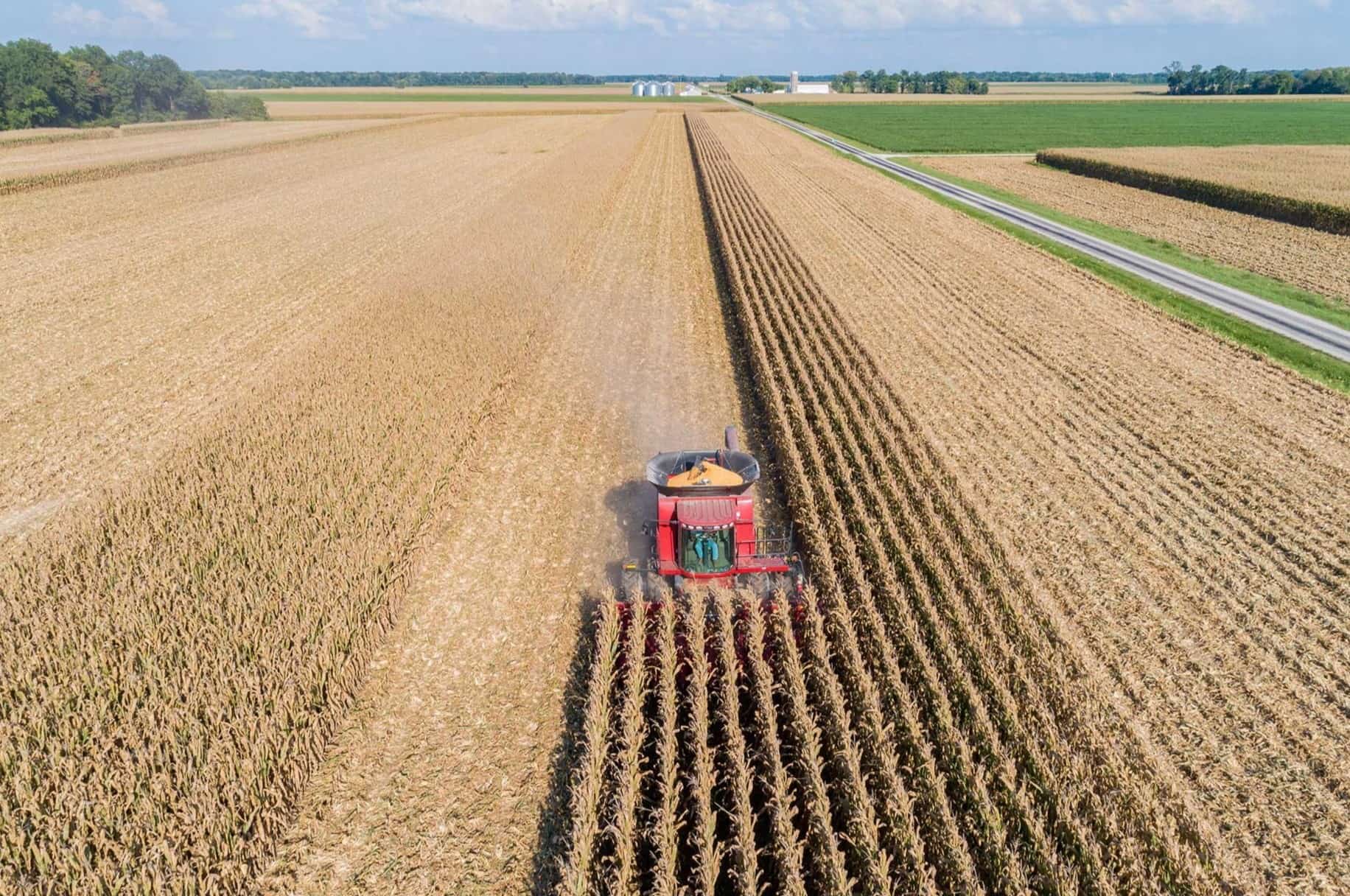

Garden Essentials
How Many Seeds Per Acre For Corn
Modified: March 24, 2024
Discover the optimal number of garden seeds per acre for corn. Maximize your yield with our expert tips and recommendations.
(Many of the links in this article redirect to a specific reviewed product. Your purchase of these products through affiliate links helps to generate commission for Storables.com, at no extra cost. Learn more)
Introduction
Growing corn can be a rewarding experience for any gardener or farmer. Whether you’re planting a small plot in your backyard or tending to vast acres of farmland, achieving optimal seed density is crucial for a successful crop. Determining how many seeds to plant per acre is a key consideration that can significantly impact yield and overall plant health.
When it comes to seed density, there are various factors that need to be taken into account, including the type of corn variety, soil fertility, climate conditions, and planting method. By understanding these factors and following recommended guidelines, you can ensure that your corn crop has the best chance to thrive.
Key Takeaways:
- Proper seed spacing and seed density are crucial for a successful corn crop. Factors like variety, soil fertility, and climate conditions should be considered. Consult local experts for tailored recommendations.
- Seed treatment protects corn seeds from pests and diseases, promoting healthy seedling growth. Choose environmentally friendly products and follow label instructions for effective and sustainable crop management.
Read more: How Many Pounds Of Sweet Corn Seed Per Acre
Factors Affecting Seed Density
Before determining the appropriate seed density for your corn crop, it is essential to consider the factors that can influence its success. These factors include:
- Corn Variety: Different corn varieties have varying growth habits and require different amounts of space to reach their full potential. Some varieties are more compact and can be planted closer together, while others require more space between plants.
- Soil Fertility: The fertility of your soil plays a significant role in determining seed density. Nutrient-rich soil can support a higher plant population, while poorer soil may require a lower density to ensure each plant receives adequate nutrients.
- Climate Conditions: The climate in your region can impact corn growth and development. Factors such as temperature, rainfall, and sunlight availability can affect the optimal seed density for your crop.
- Planting Method: The method you choose for planting your corn, such as traditional row planting or modern precision planting, can influence seed density. Different planting methods have specific recommendations for seed spacing.
Guidelines for Seed Density
While seed density recommendations may vary slightly depending on specific growing conditions and corn variety, there are general guidelines that can help you determine the optimal number of seeds per acre. These guidelines are typically provided by agricultural extension services or seed companies and are based on years of research and field trials.
It is important to note that these guidelines are just a starting point, and you may need to adjust the seed density based on your specific circumstances. Monitoring plant growth, spacing, and overall plant health throughout the growing season can help you determine if further adjustments are needed.
Key Takeaways:
- Proper seed spacing and seed density are crucial for a successful corn crop. Factors like variety, soil fertility, and climate conditions should be considered. Consult local experts for tailored recommendations.
- Seed treatment protects corn seeds from pests and diseases, promoting healthy seedling growth. Choose environmentally friendly products and follow label instructions for effective and sustainable crop management.
Read more: How Many Pounds Of Sweet Corn Seed Per Acre
Factors Affecting Seed Density
Before determining the appropriate seed density for your corn crop, it is essential to consider the factors that can influence its success. These factors include:
- Corn Variety: Different corn varieties have varying growth habits and require different amounts of space to reach their full potential. Some varieties are more compact and can be planted closer together, while others require more space between plants.
- Soil Fertility: The fertility of your soil plays a significant role in determining seed density. Nutrient-rich soil can support a higher plant population, while poorer soil may require a lower density to ensure each plant receives adequate nutrients.
- Climate Conditions: The climate in your region can impact corn growth and development. Factors such as temperature, rainfall, and sunlight availability can affect the optimal seed density for your crop.
- Planting Method: The method you choose for planting your corn, such as traditional row planting or modern precision planting, can influence seed density. Different planting methods have specific recommendations for seed spacing.
Understanding how these factors interact and impact seed density can help you make informed decisions when determining the number of seeds to plant per acre.
Firstly, the type of corn variety you choose will dictate the amount of space each plant needs to grow optimally. Some corn varieties have compact growth habits, meaning they can be planted closer together. On the other hand, larger, more sprawling varieties require more space between plants to allow for proper air circulation and nutrient uptake.
Soil fertility is another crucial factor to consider when establishing seed density. Healthy, nutrient-rich soil can support a higher plant population and sustain optimal growth. However, if your soil lacks essential nutrients or is compacted, it may be necessary to reduce the seed density to ensure adequate nutrient availability for each plant.
Climate conditions also play a role in determining seed density. Factors such as temperature, rainfall, and sunlight availability can vary depending on your region. In areas with cooler temperatures or limited sunlight, it may be necessary to plant at a lower density to allow for better light penetration and airflow.
Lastly, the planting method you choose can influence seed density. Traditional row planting involves planting seeds in evenly spaced rows, with a specific distance between each row and plant. On the other hand, precision planting techniques utilize advanced technology to place seeds at precise intervals, regardless of row spacing. Different planting methods will have specific recommendations for seed spacing, so it is essential to follow the guidelines provided for your chosen method.
By considering these factors and their impact on seed density, you can make informed decisions when determining the number of seeds to plant per acre. It is important to consult with local agricultural experts or seed suppliers who are familiar with your region’s conditions for specific recommendations tailored to your growing area.
Guidelines for Seed Density
While seed density recommendations may vary slightly depending on specific growing conditions and corn variety, there are general guidelines that can help you determine the optimal number of seeds per acre. These guidelines are typically provided by agricultural extension services or seed companies and are based on years of research and field trials.
The following are some general guidelines to consider when determining seed density for your corn crop:
- Corn Variety: Start by considering the growth habit of the corn variety you are planting. Compact varieties can typically be planted at higher densities than larger, sprawling varieties.
- Seeding Rate: Seed companies often provide recommended seeding rates based on their specific corn varieties. These rates are typically given in pounds of seed per acre or seeds per acre. It’s important to follow these recommendations as they are based on extensive research and knowledge of the variety.
- Desired Plant Population: Determine the desired plant population per acre. This can depend on factors such as yield goals, soil fertility, and the potential for weed competition. Higher plant populations can lead to increased yields but may also require better soil fertility and additional weed management.
- Seed Spacing: Consider the recommended seed spacing for your chosen planting method. Whether you are using traditional row planting or precision planting, there are specific recommendations for the distance between seeds within a row and the distance between rows.
- Emergence and Early Growth: Consider the potential for seed emergence and early plant growth. If you expect challenging soil conditions, late planting, or other factors that may affect seedling survival, you may want to slightly increase the seed density to compensate for potential losses.
- Local Recommendations: Consult with local agricultural experts or extension services for region-specific recommendations. Local recommendations take into account factors such as climate, soil types, and pests that may impact seed density and overall crop performance.
It is important to note that while guidelines can provide a starting point, there is no one-size-fits-all approach to seed density. Monitoring your crop’s growth, health, and spacing throughout the growing season is crucial. Adjustments to seed density may be necessary based on observed plant development and overall crop performance.
By following these guidelines and closely monitoring your corn crop, you can make informed decisions to achieve the optimal seed density for your specific conditions. Remember that seed density directly impacts plant growth, nutrient availability, and overall yield, so investing the time and effort to determine the right seed density is well worth it in the end.
A common recommendation for planting corn is to use 30,000 to 35,000 seeds per acre. However, the optimal seeding rate can vary depending on factors such as soil type, climate, and specific corn variety. It’s important to consult with local agricultural experts or extension services to determine the best seeding rate for your specific conditions.
Read more: How Much Is Corn Seed Per Acre
Recommended Seed Density for Corn
When it comes to determining the recommended seed density for corn, several factors need to be considered, including the corn variety, soil fertility, climate conditions, and planting method. While specific recommendations may vary depending on these factors, there are some general guidelines to help you determine the optimal seed density for your corn crop.
It’s important to note that the recommended seed density is typically expressed as a range, rather than a single number. This allows for some flexibility based on local conditions and individual preferences. Here are some common recommended seed densities for corn:
- For Standard Corn Varieties: For conventional corn varieties, a common range for seed density is around 26,000 to 34,000 seeds per acre. However, this can vary based on factors such as soil fertility and climate conditions. It’s always a good idea to consult with your local extension service or seed supplier for specific recommendations based on your region.
- For Hybrid Corn Varieties: Hybrid corn varieties are known for their high-yielding potential. For these varieties, recommended seed densities may be higher, ranging from 30,000 to 38,000 seeds per acre. Again, it’s important to consider factors like soil fertility and climate conditions to determine the appropriate seed density for your specific situation.
- For High-Yield Corn Varieties: If you are planting high-yield corn varieties, the recommended seed density may be even higher. Some high-yield varieties may require seed densities ranging from 34,000 to 42,000 seeds per acre. These varieties often have strong tillering capabilities and can tolerate higher plant populations, resulting in increased yields.
- Planting Method Considerations: The recommended seed density may also vary based on the planting method used. Some precision planting techniques, with advanced seed placement technology, may allow for higher seed densities compared to traditional row planting. It is important to follow the specific recommendations provided for your chosen planting method.
It’s crucial to consider the specific conditions of your growing area and the unique characteristics of your chosen corn variety when determining the recommended seed density. Factors such as soil fertility, climate conditions, and planting method all play a role in finding the optimal seed density for a successful corn crop.
Remember that these recommendations serve as a starting point, and adjustments may be necessary based on observations throughout the growing season. Monitoring plant growth, spacing, and overall plant health is essential to make any needed modifications to ensure the best outcome for your corn crop.
Always consult with local agricultural experts or extension services for region-specific recommendations tailored to your specific growing area. Their expertise and knowledge of local conditions can provide invaluable guidance in determining the recommended seed density for your corn crop.
Calculating Seeds per Acre
Calculating the number of seeds required per acre is an important step in planning your corn crop. By accurately determining the seed density, you can ensure proper plant spacing and achieve optimal yield potential. Here’s a step-by-step guide on calculating seeds per acre:
- Determine Seed Spacing: Start by determining the desired spacing between individual corn plants. This can vary depending on factors such as the corn variety, soil fertility, and planting method. Consult seed catalogs, local agricultural experts, or extension services for recommended seed spacing for your specific circumstances.
- Determine Row Spacing: Next, determine the desired distance between rows. Traditional row spacing for corn is commonly between 30 to 40 inches, but precision planting techniques may allow for narrower row spacing.
- Calculate Plant Population: To calculate the plant population per acre, divide the number of inches between rows by the average spacing between plants within a row. For example, if you have 36-inch row spacing and the desired spacing between plants is 10 inches, the calculation would be: 36 inches (row spacing) / 10 inches (spacing between plants) = 3.6 plants per row foot.
- Convert to Plants per Acre: Multiply the plant population per row foot by the number of row feet per acre to determine the number of plants per acre. For example, if you have 3.6 plants per row foot and your acre consists of 43,560 square feet, the calculation would be: 3.6 plants per row foot x 43,560 square feet = 157,296 plants per acre.
- Account for Germination Rate: It’s important to consider the germination rate of your corn seeds when calculating the number of seeds required per acre. If your seed packet specifies a germination rate of 90%, multiply the number of plants per acre by the reciprocal of the germination rate. In this case, the calculation would be: 157,296 plants per acre / 0.9 (reciprocal of 90%) = 174,773 seeds per acre.
- Adjust for Seed Quality: Lastly, consider the quality of your corn seeds. Some seeds may have lower germination rates or may be damaged or non-viable. It’s recommended to account for this by adding a seed quality factor. For example, if you estimate that the seed quality factor is 95%, multiply the number of seeds per acre by the reciprocal of the seed quality factor. In this case, the calculation would be: 174,773 seeds per acre / 0.95 (reciprocal of 95%) = 184,037 seeds per acre (rounded up to the nearest whole number).
By following these steps, you can accurately calculate the number of seeds required per acre for your corn crop. Remember to consider factors such as seed spacing, row spacing, germination rate, and seed quality to ensure proper plant population and maximize the potential for a successful and productive harvest.
It’s always a good practice to consult with local agricultural experts or extension services, as they can provide additional guidance based on your specific region and corn variety. Their expertise will help you fine-tune your seed density calculations and set the stage for a successful corn crop.
Importance of Seed Spacing
Proper seed spacing is a critical factor in achieving a healthy and high-yielding corn crop. Effective seed spacing ensures that each plant has adequate space to access essential nutrients, sunlight, and water, leading to uniform growth and optimal development. Here are some key reasons why seed spacing is important:
- Reduced Competition: Adequate seed spacing reduces competition among corn plants for essential resources such as sunlight, water, and nutrients. When plants are spaced too closely together, they will compete for these limited resources, leading to reduced growth and potentially lower yields.
- Air Circulation: Proper seed spacing allows for better air circulation between plants. Good airflow is essential for minimizing the risk of diseases and promoting efficient transpiration, which aids in nutrient uptake and overall plant health.
- Light Penetration: Adequate seed spacing ensures that each plant receives sufficient sunlight for photosynthesis. Sunlight is crucial for energy production and carbohydrate synthesis, enabling proper plant growth, flower development, and grain filling.
- Reduced Weed Competition: Proper seed spacing helps minimize weed competition. Weeds can quickly invade areas where plants are not spaced adequately, leading to reduced nutrient uptake and stunted growth. With accurate seed spacing, there is better weed management and improved overall crop health.
- Facilitates Mechanical Operations: Proper seed spacing allows for efficient mechanical operations such as cultivating, spraying, and harvesting. When plants are evenly spaced, machinery can move through the field without causing damage to the crop or missing plants.
- Optimal Nutrient Management: Proper seed spacing facilitates efficient nutrient management. Each plant can access the necessary nutrients without being compromised by neighboring plants. This is particularly crucial during critical growth stages, such as flowering and grain filling, when the demand for nutrients is at its highest.
By ensuring proper seed spacing, you create an environment where corn plants can grow and develop to their fullest potential. This, in turn, enhances the overall health and vigor of the crop, resulting in higher yields and improved grain quality.
When determining seed spacing, consider the specific recommendations for your chosen corn variety, soil fertility, and climate conditions. Consulting local agricultural experts, extension services, or seed suppliers can provide valuable insights and guidance based on regional factors.
Remember that seed spacing requirements may vary depending on the planting method, such as traditional row planting or precision planting. Each method has specific guidelines for spacing between seeds within a row and the distance between rows.
By prioritizing proper seed spacing and considering the unique needs of your corn crop, you can create optimal growing conditions and set the stage for a successful and bountiful harvest.
Seed Treatment Considerations
Seed treatment is a valuable practice in corn production that can provide various benefits to the crop. Treating corn seeds before planting helps protect them from pests, diseases, and unfavorable environmental conditions, promoting healthy and vigorous seedling establishment. Here are some key considerations to keep in mind when it comes to seed treatment for corn:
- Seedborne Diseases: Corn seeds can be susceptible to various seedborne diseases, such as seed rot, seedling blight, and seedling damping-off. Seed treatment with fungicides can help protect the seeds from these pathogens, reducing the risk of stand establishment issues and ensuring healthy seedling emergence.
- Insect Pests: Corn seeds are attractive to a range of insect pests, including seed corn maggots, wireworms, and corn rootworms. Seed treatment with insecticides can provide early protection against these pests, preventing damage to the emerging seedlings and promoting uniform growth.
- Early Season Stress Protection: Seed treatment can also provide protection against abiotic stresses that can occur during the early stages of germination and seedling growth. These stresses include cold temperatures, excess moisture, and nutrient imbalances. Seed treatments with specific additives can help enhance seedling vigor and improve stress tolerance.
- Enhanced Nutrient Availability: Some seed treatments include micronutrients and biostimulants that can enhance nutrient availability and uptake by the developing seedlings. These additives can promote early root development, improve nutrient absorption, and contribute to overall plant health and vigor.
- Improved Plant Health: Seed treatment can play a role in promoting overall plant health and disease resistance. By protecting seeds from early-season pests and pathogens, seed treatments allow seedlings to establish a strong root system and healthy vegetative growth, ultimately leading to better stress tolerance and improved yield potential.
- Environmental Considerations: When selecting seed treatments, it’s crucial to consider their impact on the environment. Choose products that are environmentally friendly and have minimal negative effects on non-target organisms, such as bees, birds, and beneficial insects.
When deciding on seed treatments for your corn crop, it is essential to evaluate the specific pest and disease pressures in your region, as well as the historical performance of different treatments. Consult with local agricultural experts, seed suppliers, or extension services for recommendations tailored to your area and specific needs.
It’s important to follow label instructions when applying seed treatments and ensure proper handling and storage to maintain the effectiveness of the treatment. Additionally, be aware of any regulations or restrictions regarding seed treatments in your region.
Remember that seed treatments are just one component of an integrated pest management approach. Other cultural practices, such as crop rotation, soil health management, and targeted scouting for pests and diseases, should also be incorporated into your corn production plan.
By carefully considering seed treatment options and implementing them as part of your overall corn crop management strategy, you can help ensure a healthy and productive growing season, ultimately leading to better yields and improved crop quality.
Read more: How Much Corn Seed Needed Per Acre
Conclusion
Growing corn successfully requires careful consideration of seed density and proper seed spacing. By understanding the factors that affect seed density, following recommended guidelines, and calculating the appropriate number of seeds per acre, you can ensure optimal plant growth, yield potential, and overall crop health. Additionally, seed treatment considerations play a crucial role in protecting seeds from pests, diseases, and environmental stress, enhancing seedling establishment and promoting healthy plant development.
When determining seed density, factors such as corn variety, soil fertility, climate conditions, and planting method should be taken into account. Following general guidelines and consulting local agricultural experts or extension services can provide valuable insights tailored to your specific growing area.
To calculate seeds per acre, consider seed spacing, row spacing, plant population, germination rate, and seed quality. Accurate calculations and adjustments based on observations throughout the growing season are essential to ensure proper plant population and maximize yield potential.
Proper seed spacing is crucial for reducing competition, allowing for better air circulation and light penetration, minimizing weed competition, enabling efficient mechanical operations, and optimizing nutrient management. Following recommended seed spacing and considering specific planting methods will create an environment where corn plants can grow and develop to their fullest potential.
Seed treatment considerations for corn help protect seeds from seedborne diseases, insect pests, early season stress, and enhance nutrient availability, leading to improved plant health, disease resistance, and stress tolerance. When selecting seed treatments, it’s important to choose environmentally friendly products that have minimal negative effects on non-target organisms.
In conclusion, by giving careful attention to seed density, seed spacing, and seed treatment considerations, you can lay the foundation for a successful corn crop. Implementing these practices will not only maximize yield potential but also contribute to overall crop health, quality, and sustainable agriculture practices. Remember to consult with local experts and stay informed about the latest research and recommendations to optimize your corn production efforts.
Frequently Asked Questions about How Many Seeds Per Acre For Corn
Was this page helpful?
At Storables.com, we guarantee accurate and reliable information. Our content, validated by Expert Board Contributors, is crafted following stringent Editorial Policies. We're committed to providing you with well-researched, expert-backed insights for all your informational needs.
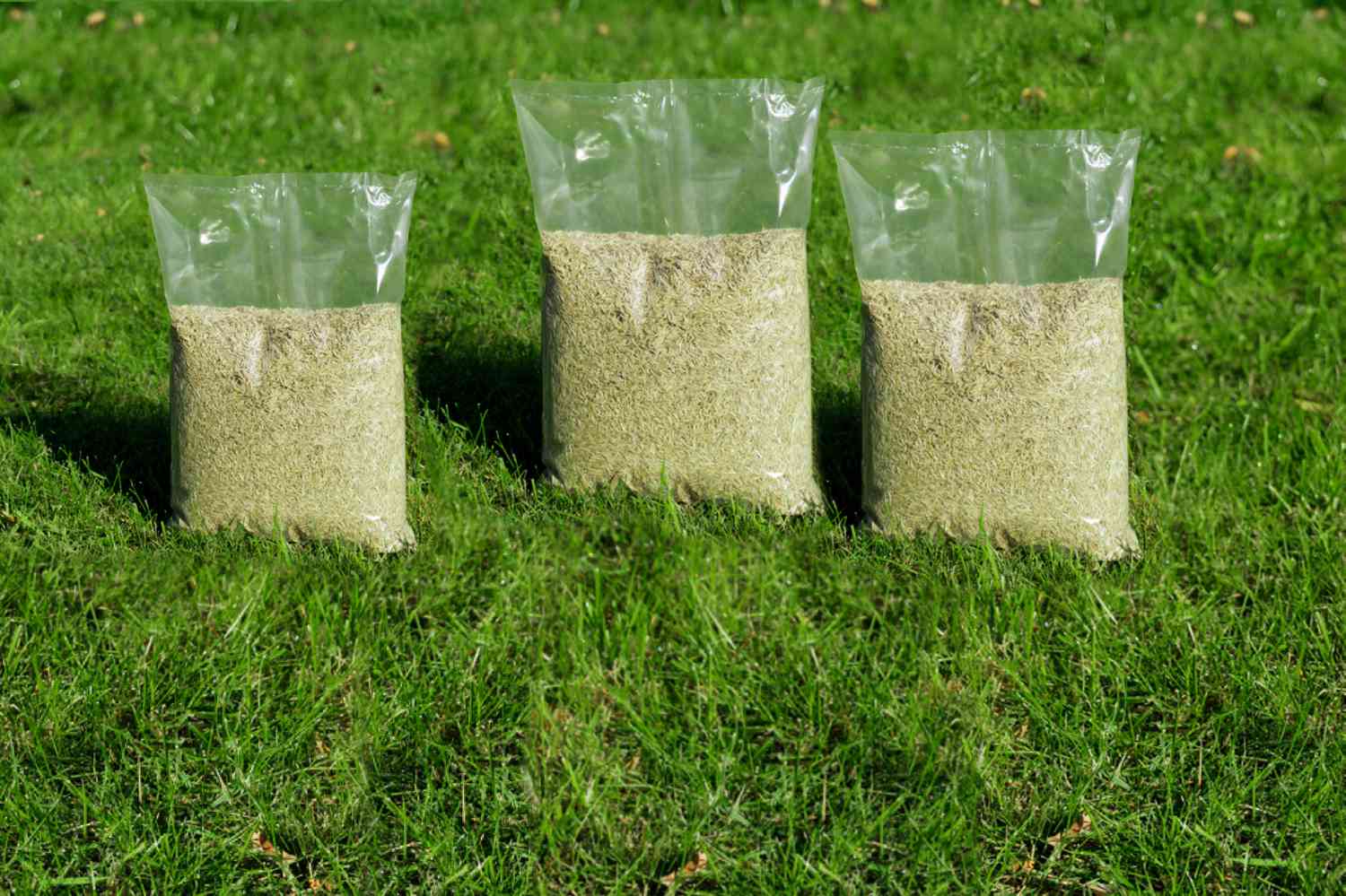
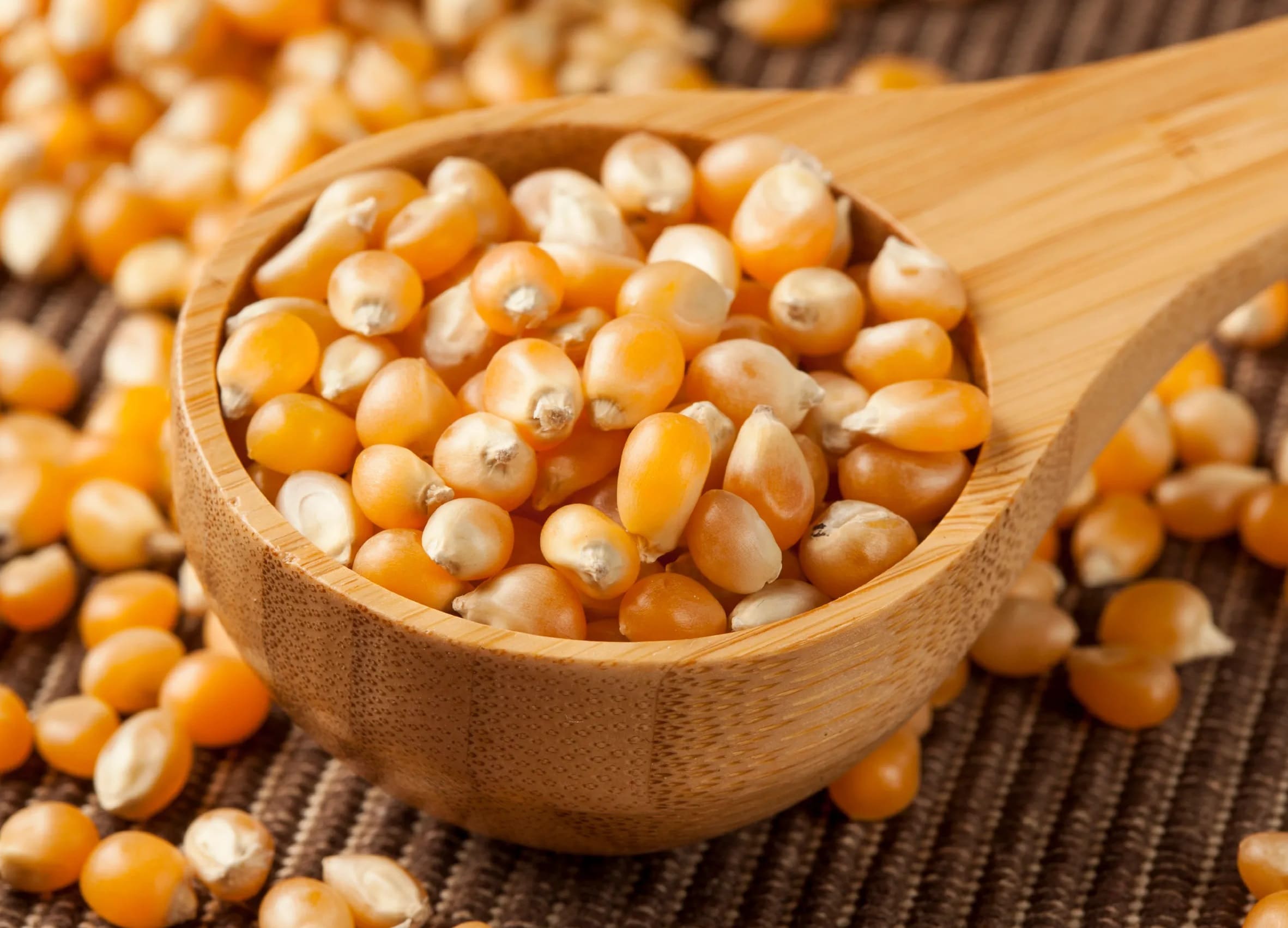
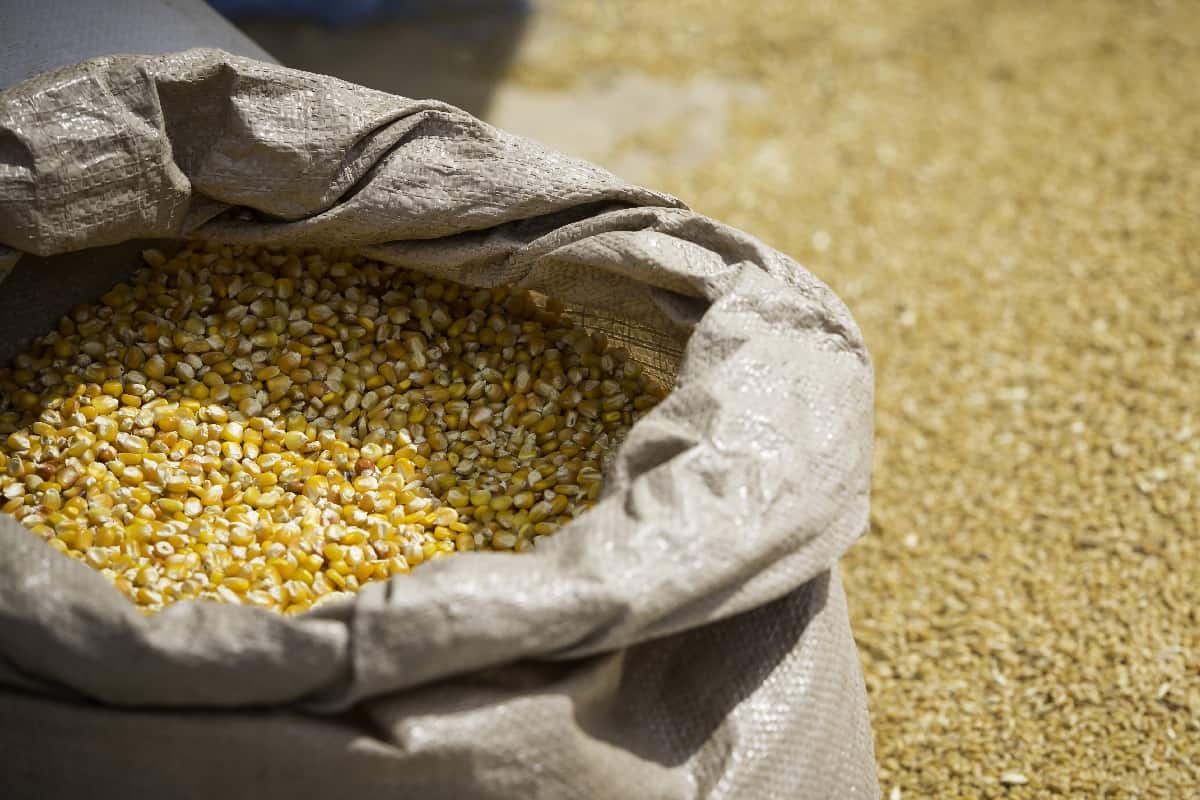

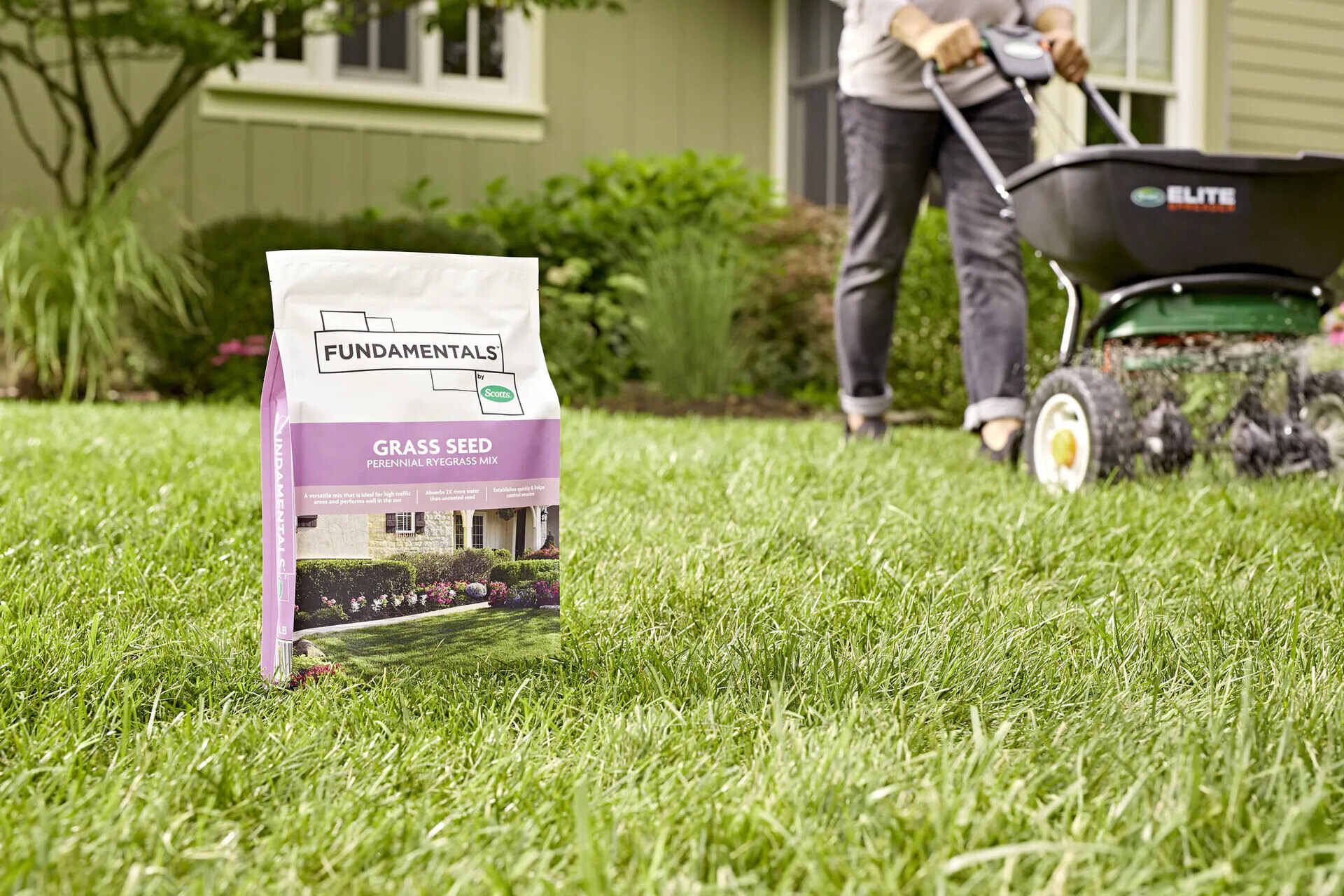
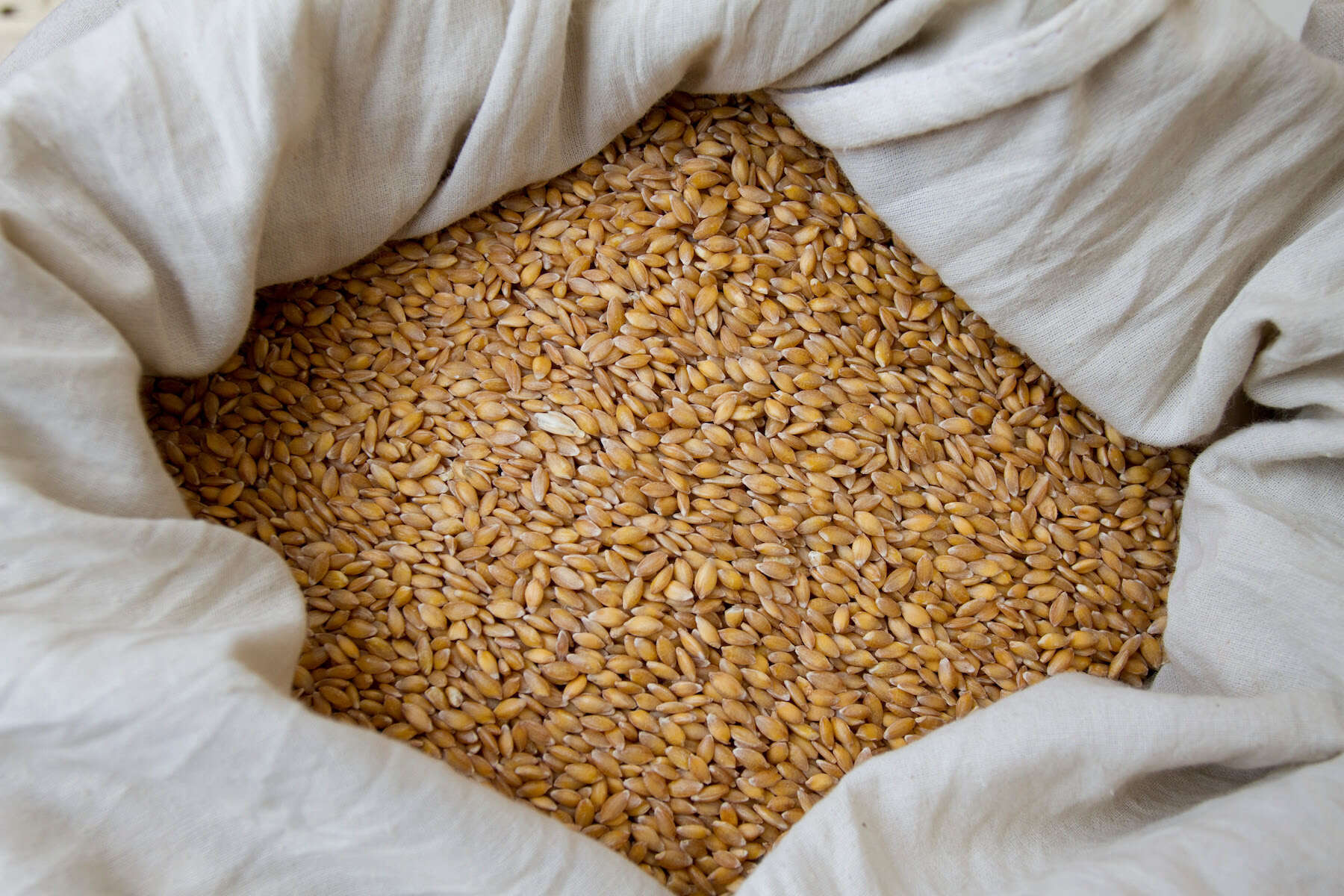
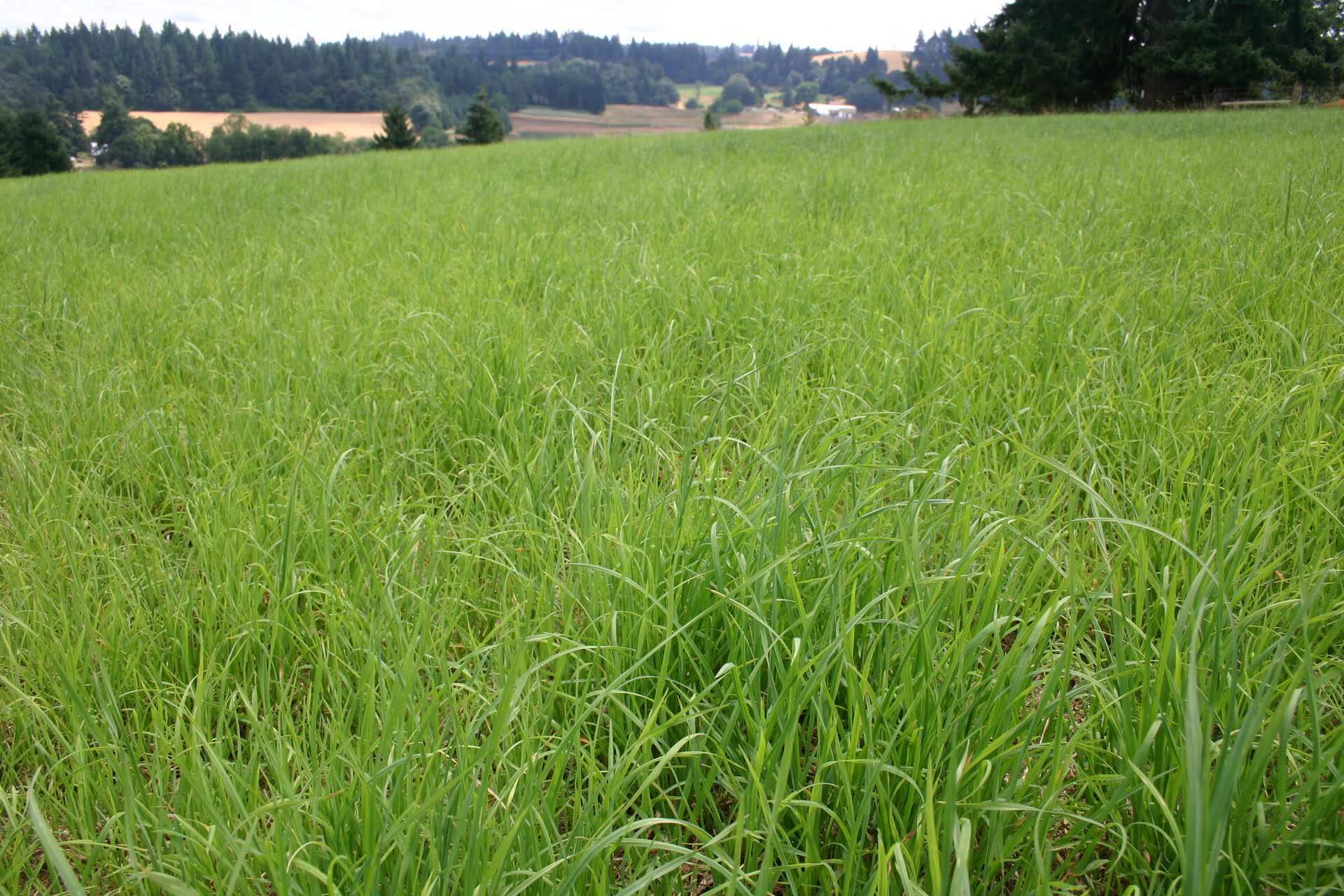
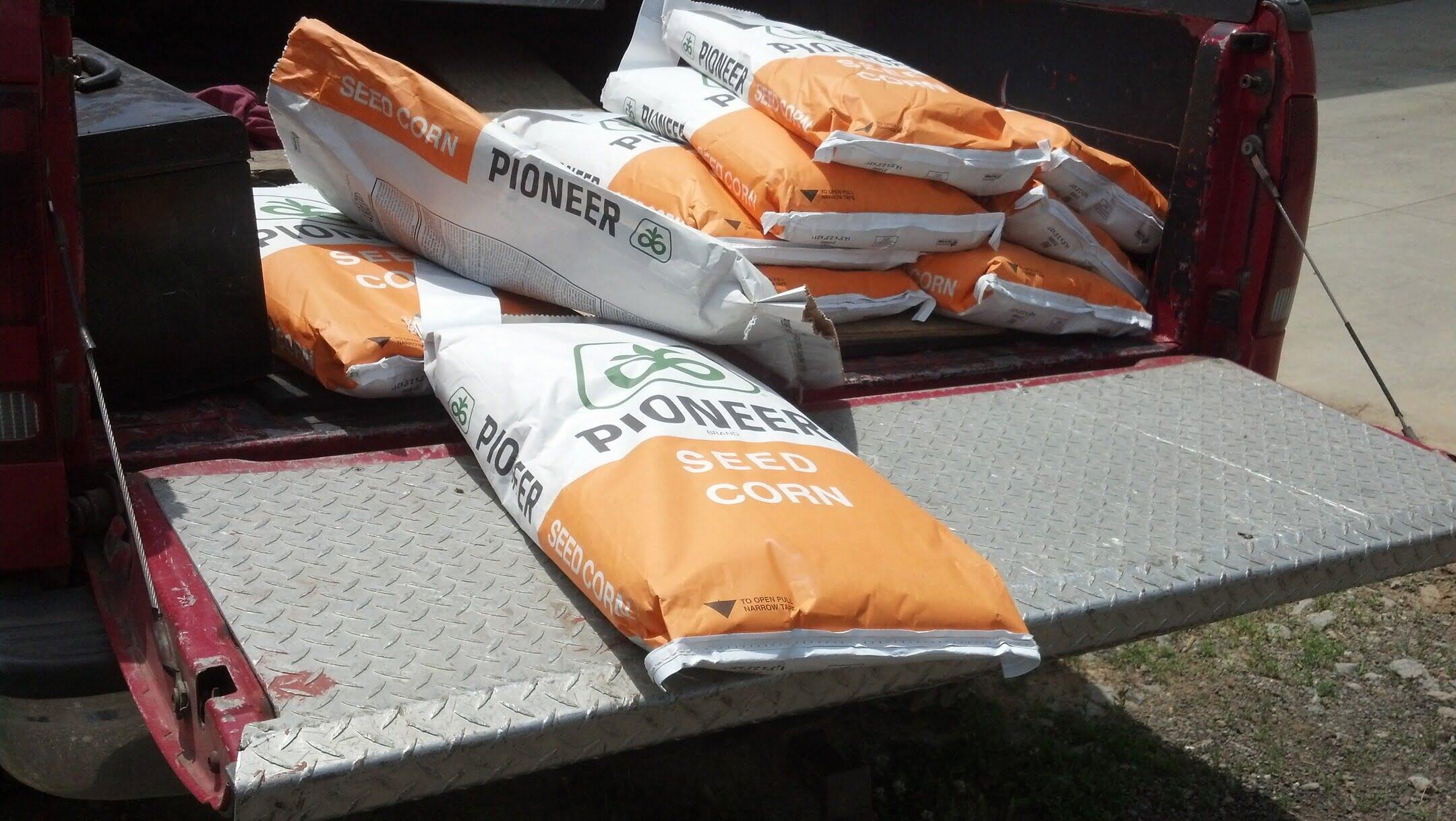
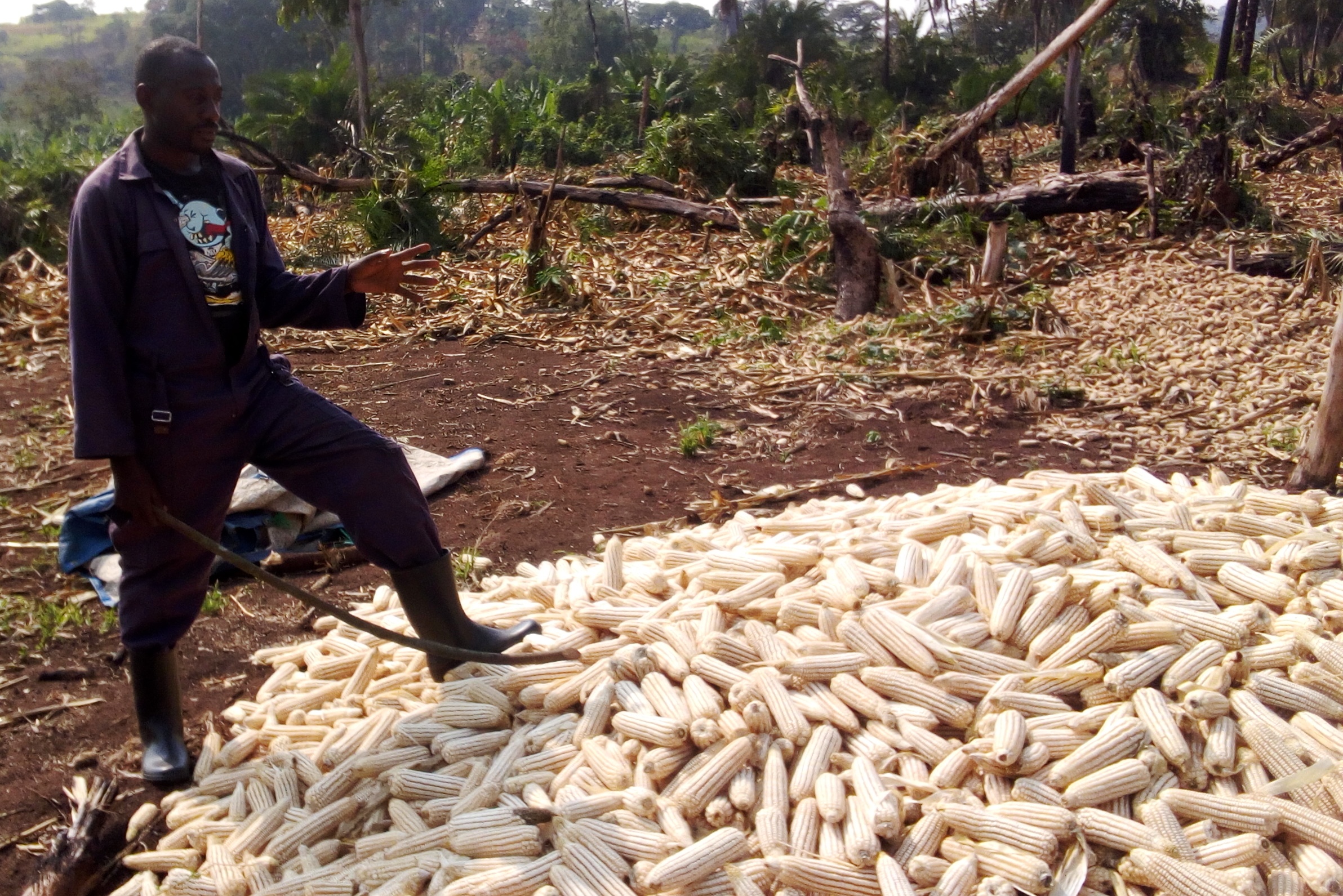
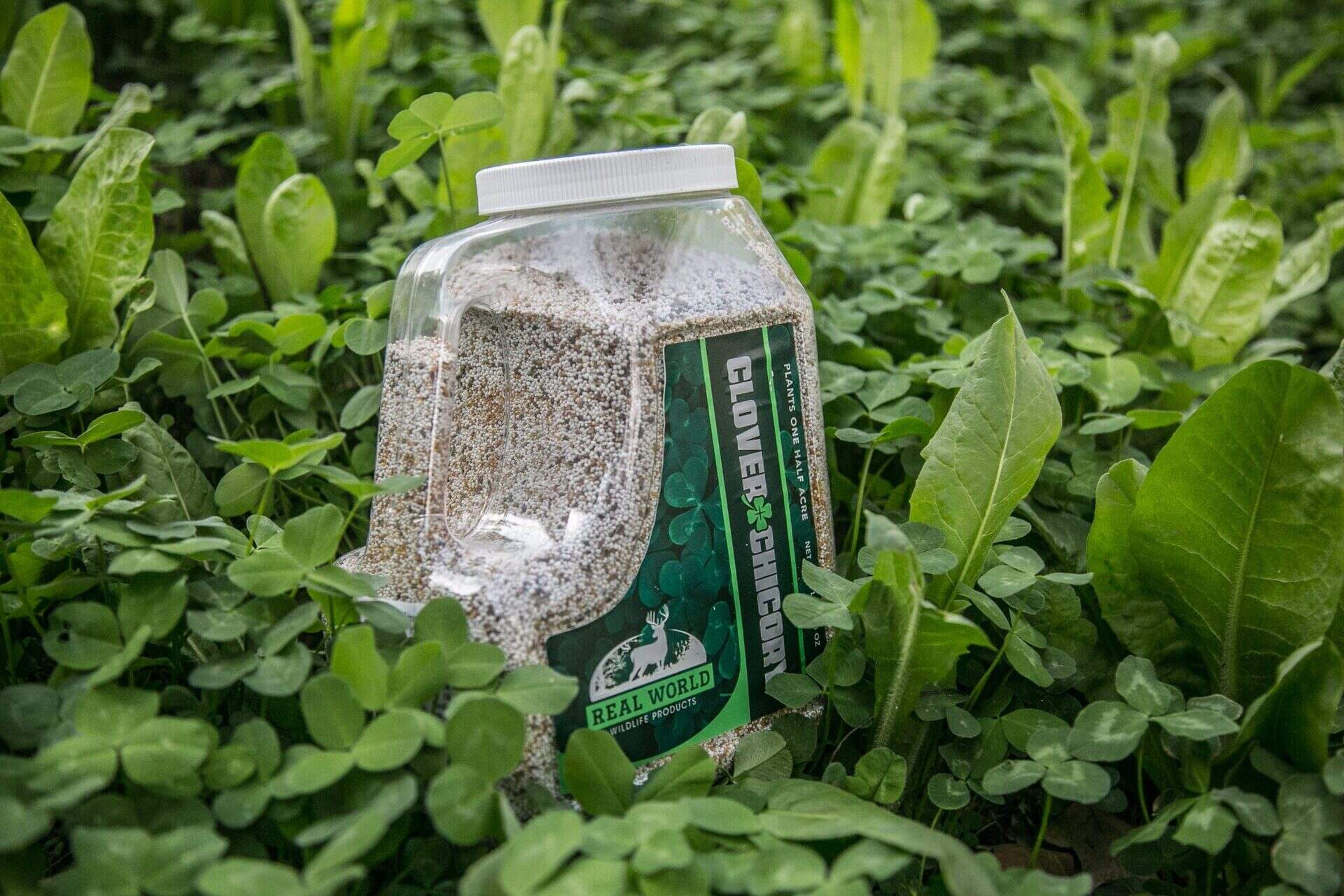

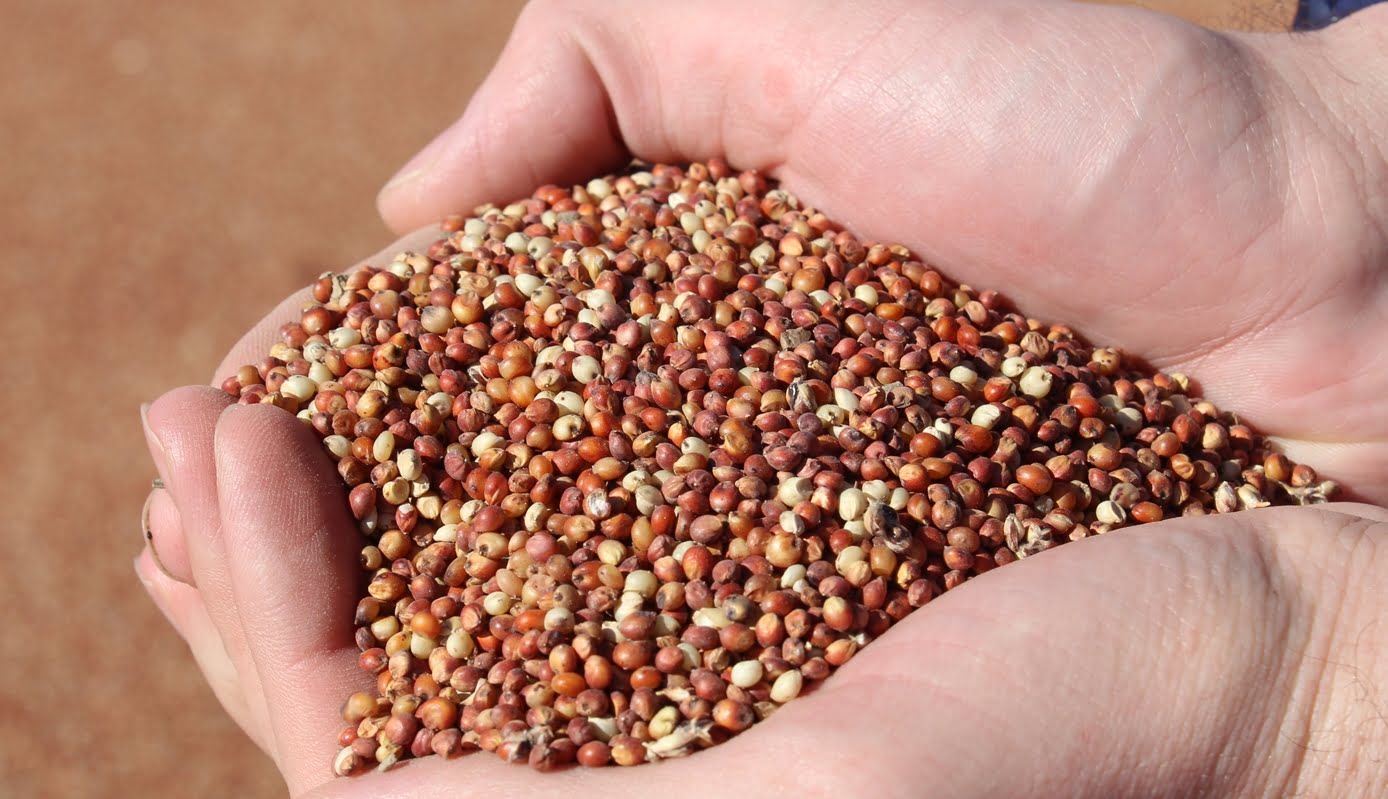
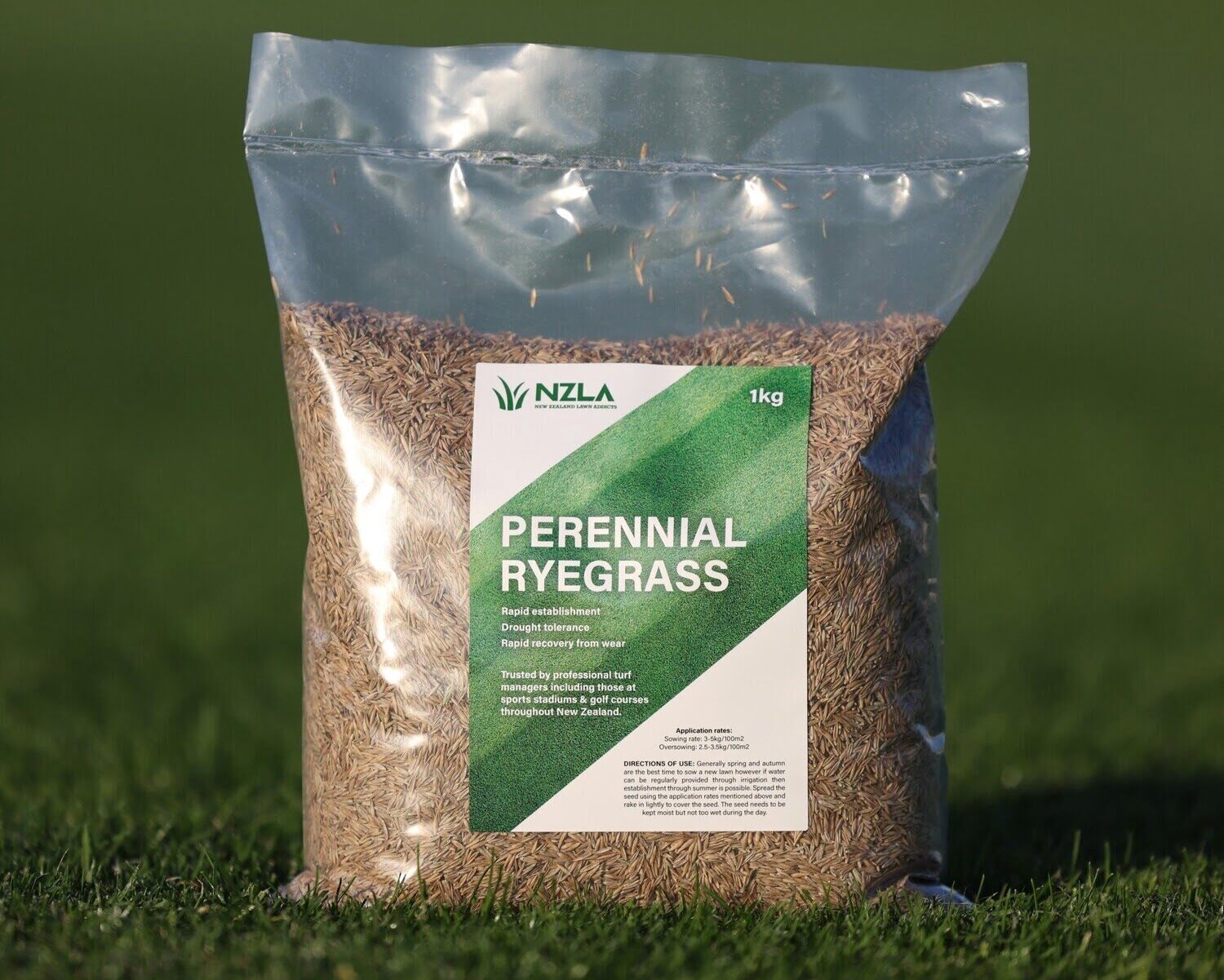

0 thoughts on “How Many Seeds Per Acre For Corn”